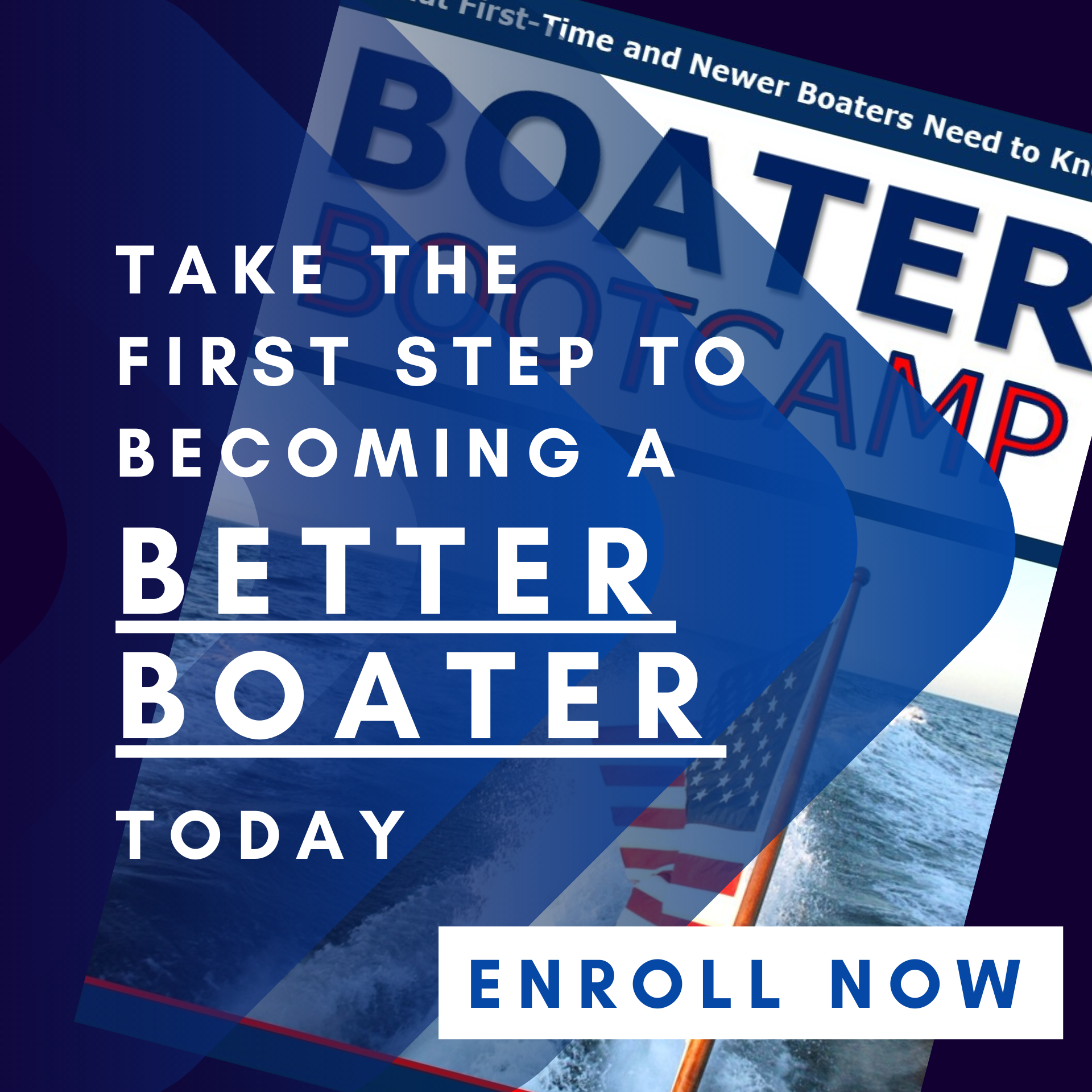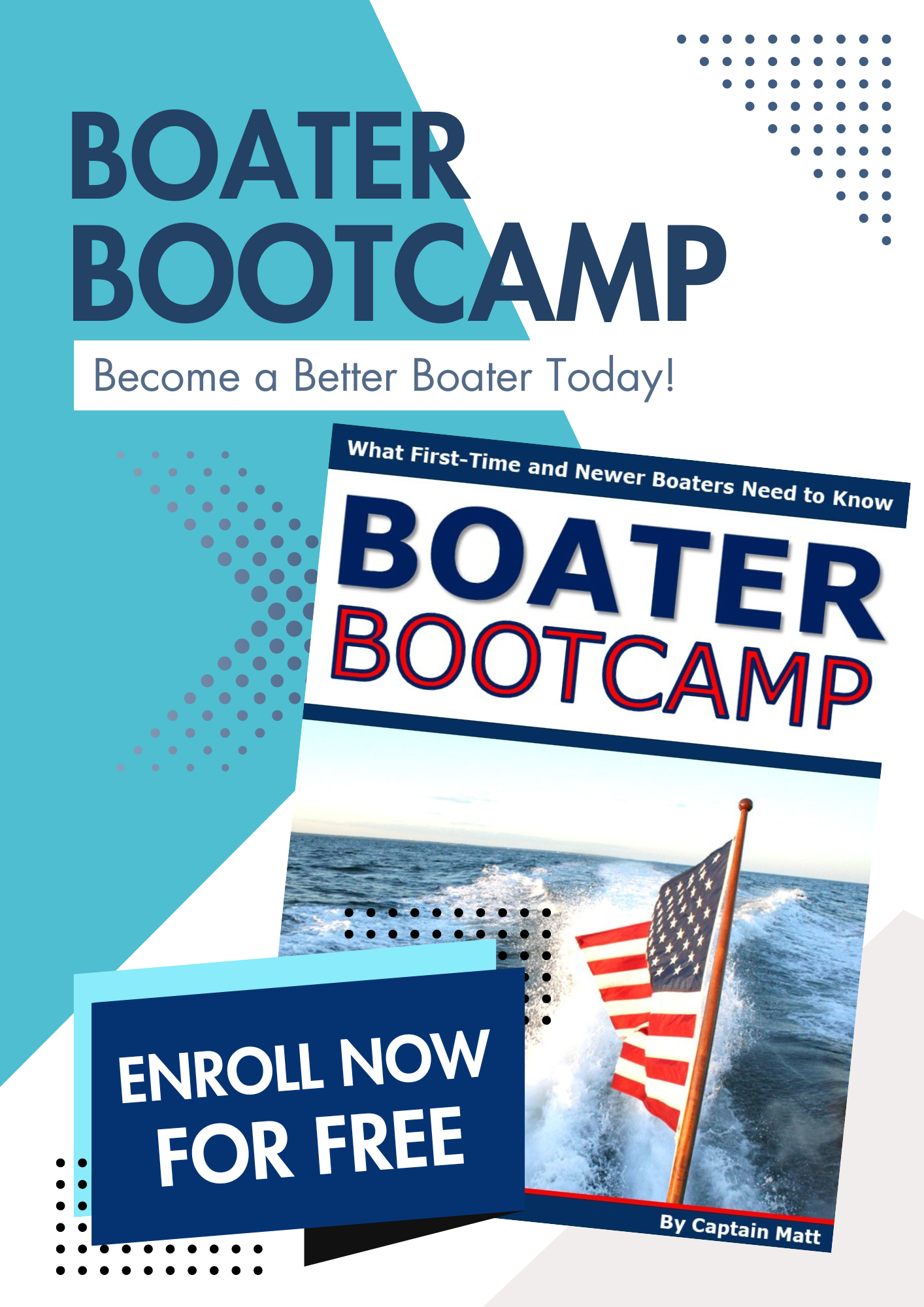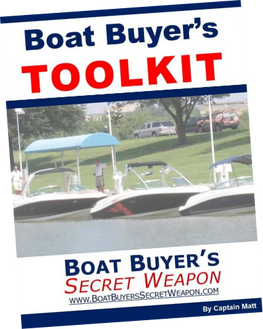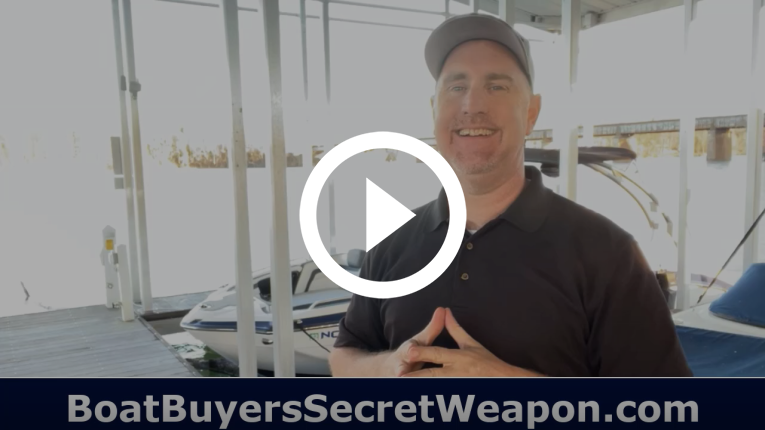The other day I was talking to a first-time boat buyer that will be boating on the Lake of the Ozarks in Missouri. The lake has a reputation for being very rough on the weekends with tons of boat traffic, large cruisers and a narrow channel with shear rock cliffs that bounces the wave right back where they came from.
This guy was concerned that a pontoon (in his case a tritoon) wouldn’t be able to handle the rough conditions as well as a traditional v-hull boat.
Having run several pontoons, v-hull bow riders and center consoles in similar conditions, including the Lake of the Ozarks, he was surprised to hear my answer.
Because most boaters new to the pontoon world often have the same question, I figured I’d share it here on the website in case you’ve ever wondered the same thing.
Here’s a rundown of our conversation and a little more detail in case your situation is slightly different.
Pontoons and especially tritoons are excellent in rough water. With their considerable and stable buoyancy from twin and triple pontoons with sharp nose cones, they are able to skip right over waves up to 2’ to 2.5’ with ease. The key to maximum comfort is to keep the bow high using trim, keeping weight in the back of the boat and keeping a slow steady speed.
So, yes, they are excellent in rough water up to a point. We’ll talk about that in a moment as well as a few things you can do to make handling rough chop even more comfortable for you and your passengers.
What Options Are Best for Rough Water?
Some options you may want to consider to better handle the rough water our larger reinforced nose cones larger diameter tunes aluminum under skin and the third pontoon. These options will not only make your ride smoother and more comfortable in rough water they will also help the pontoon stand up to the pounding of those harsh conditions.
The sharper nose cones such is the dolphin design are able to slice through the rough waves delivering a smoother more comfortable ride. Return
Many manufacturers offer a rough water package that includes reinforced nose cones to reduce the chance of structural damage from harsh conditions.
The larger diameter tunes such as 25- or 27-inch tunes provide more buoyancy and allow the pontoon to ride higher in the water getting on top of the waves again delivering a smoother more comfortable ride.
The aluminum under skin which is often packaged with the rough water package protects the bracing on the pontoon. This aluminum skin allows the water to splash off the underside of the tune instead of catching the aluminum bracing causing an uncomfortable chugging back and forth for the passengers.
And finally having the third pontoon again increases the buoyancy by 50% allowing the pontoon to ride higher in the water. As well as it adds 1/3 notes cone to slice through the water even better.
With these options and the proper operation of the boat your pontoon or tritoon will handle rough conditions extremely well.
So let’s talk about how to operate your boat in rough conditions.
How to Operate in Rough Water for a More Comfortable Ride?
There are really 2 keys to operating a pontoon or tritoon in rough conditions. By doing these few simple things you and your passengers will enjoy a wonderfully comfortable ride.
Number one is trimming the boat too a bow high attitude. By raising the bow, you get the front of the boat on top of the waves allowing the pontoon to skip over the top of the rough chop. The longer the boat the better and more comfortable the setting will work.
Pro Tip: If you’ll be running on rough water, I’d recommend at least a 22’ to 24’ pontoon. This extra length will allow the boat to stay on top of the next wave. Shorter pontoons (18’ to 20’) although safe, won’t provide as comfortable of ride because of a rocking horse type action going up and down bigger waves instead of the bow stretching out over the next wave.
Capt. Matt
Another way to keep the nose high is to keep the weight towards the rear of the boat. This may mean moving passengers, coolers and other heavy gear aft toward the rear of the boat.
2nd is maintaining a comfortable speed and being consistent with the throttle. One of the biggest mistakes many pontoon captains make in rough water is backing off the throttle quickly when approaching a large wave.
This causes the bow to sink lower often allowing the wave to crash over the bow of the boat. This rush of water cannot only make your passengers very wet it can also damage the fencing and potentially the nosecones.
The best way to handle rough water is to keep a slow consistent speed of 15 to 20 miles an hour on most pontoons.
Another way to make the ride more comfortable is to hit the waves at a slight angle off perpendicular.
It’s also best to avoid running parallel with the chop which will cause a very rocky ride. This happens as the waves rock the boat side to side and you lose the slicing capability of the nose cones in the bow of the boat.
What Else Do You Need to Know About Pontoons and Rough Water?
At this point you likely are comfortable that pontoons can handle rough water up to two 2 1/2-foot waves. But you may wonder how a pontoon compares to fiberglass V Hull boats in similar chop.
Are Pontoons Better Than V-Hull Bow Rider or Center Console Boats in Rough Water
Depending on the conditions oftentimes a pontoon or tritoon will handle rough chop significantly better than a traditional V haul boat. Up to around 2 to 2 1/2-foot waves a pontoon or tritoon is superior.
As you hit chop that’s over 2 1/2 to 3 feet this is where a V Hall bowrider or center console outperforms a pontoon or tritoon.
So, as you’re considering a pontoon or tritoon versus a V hull bowrider deckboat or center console you want to consider the conditions you’ll most often experience while on the water enjoying your boat.
I personally wouldn’t take a pontoon or tritoon our in anything bigger than 3’. If not an experienced captain, these conditions could cause serious danger.
Can Pontoons Go in the Open Ocean?
Now if you live on the coast you may wonder if you can take a pontoon or tritoon in the open ocean. The simple answer is yes. You will want to consider the weather and water conditions for the entire time you’ll be on the water.
Taking the pontoon out 1, 2 maybe even 3 miles on a clear calm day is perfectly safe. It is important to pay attention to the weather forecast and watch the horizon. As storms can come up quickly in that environment.
With that said I would be cautious about going much further out then a few miles. Especially if you’re not an experienced captain and do not know the waters and the local weather patterns.
As with everything in boating just because it can be done does it mean it should be done. Use your best judgement. And never put you in your passengers in a dangerous situation.
If you are looking to make an open ocean trip you should talk to other pontoon owners at local marinas and find out the inside information from your local boating community.
Can You Do Water Sports on a Pontoon?
One of the reasons pontoons and tritoons have become so popular in the last five to 10 years is because they handle the rough water extremely well and they’re also capable to do water sports.
As long as your pontoon or tritoon is equipped with the right size motor see our video on choosing the right horsepower you can have hours and hours of fun tubing, skiing, wakeboarding or knee boarding.
Can Pontoons Go Fast?
So, we talked about pontoons and tritoons in rough water running 15 maybe 20 miles an hour but can they go any faster?
The answer is depending on the horsepower pontoons, can be one of the faster boats on the water. For example, a 22-foot tritoon with a 150 horsepower will run close to 40 miles an hour. That’s about the same as most bow riders on the water today.
Are Pontoons Safe?
In addition to rough water you may wonder if pontoons are just safe in general. The answer is they’re very safe as a matter of fact we’ve written the complete article on the subject.
One reason pontoons are so safe is because it’s a stable platform with two or three pontoons the boat also has tremendous buoyancy.

Enroll Today In The Boat Buyer's Academy And Get The 'Magic Money Saving Method" For Free To Ensure You Don't Over Pay For Your Perfect Boat.
















